
The Siem Reap Ferry Terminal is the initial site for the implementation of each technology for the Chong Khneas community.
Photo Credit: William Baumgardner and Shelby Doyle
Media: Please submit high-resolution image requests to images@asla.org.
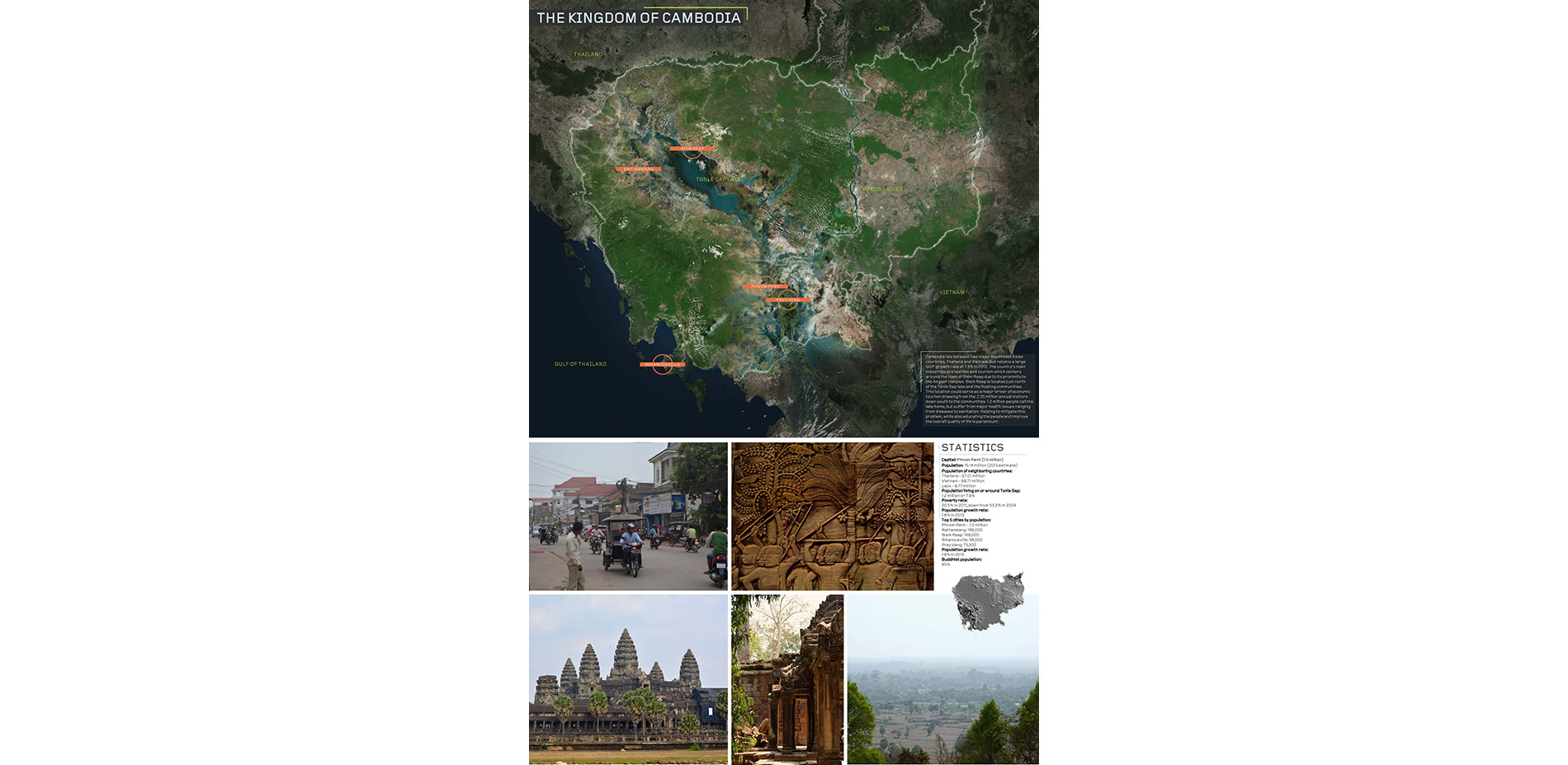
The water would flow through the wetland and into the silvofishery to produce clean food for the people. From there the water would have a secondary treatment.
Photo Credit: William Baumgardner and Shelby Doyle
Media: Please submit high-resolution image requests to images@asla.org.
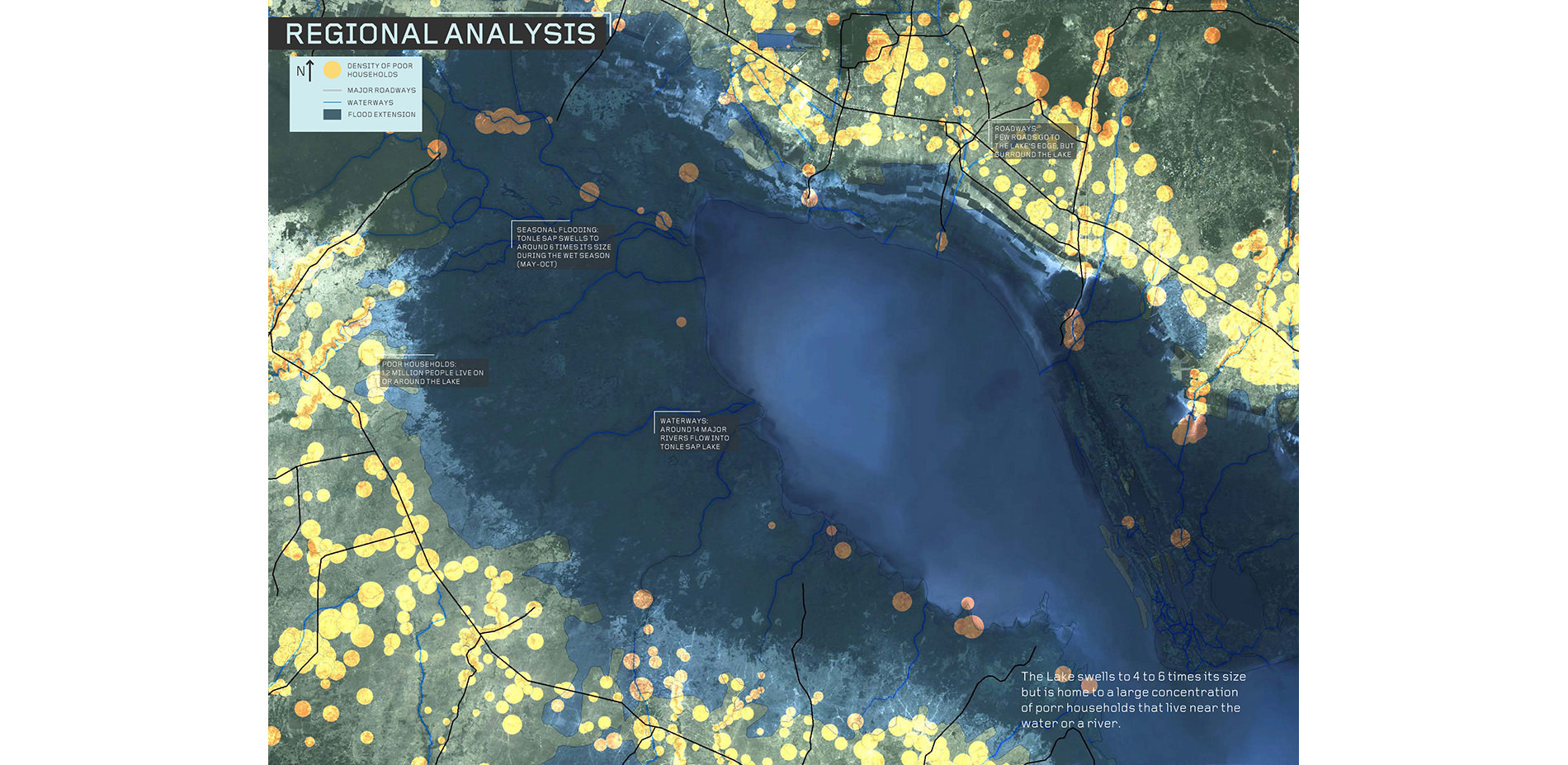
Each space would be planted with mangroves to provide shade and root habitat. They could then be closed off and concentrated for harvesting.
Photo Credit: William Baumgardner and Shelby Doyle
Media: Please submit high-resolution image requests to images@asla.org.
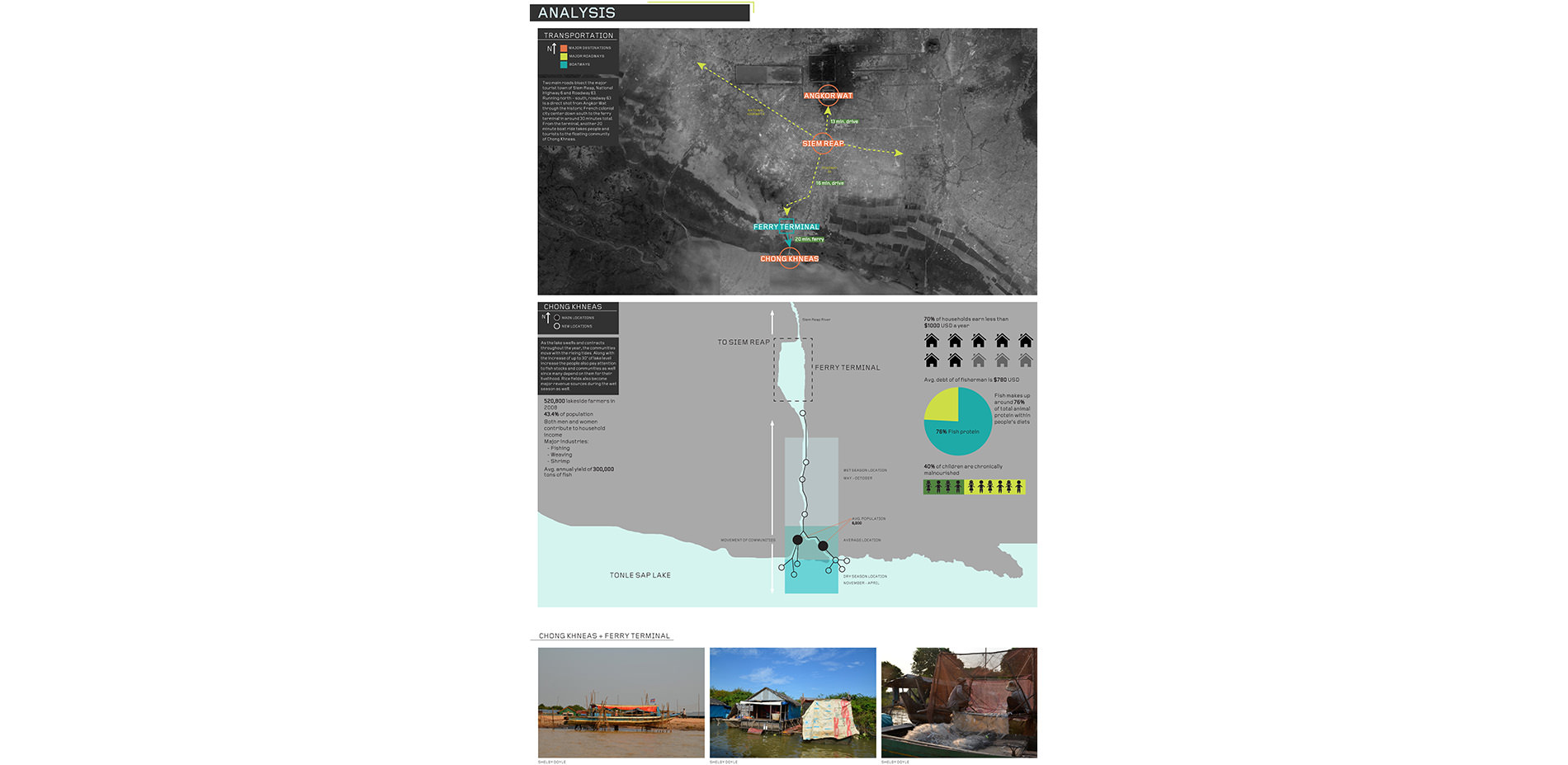
Each area of the constructed site would function to clean the water or sequester carbon.
Photo Credit: William Baumgardner and Shelby Doyle
Media: Please submit high-resolution image requests to images@asla.org.

Each technology would help create a new system of functionality for the entire site that would improve the environment and community’s health.
Photo Credit: William Baumgardner and Shelby Doyle
Media: Please submit high-resolution image requests to images@asla.org.

The local and regional impacts of each technology could positively contirbute the region’s health and economy.
Photo Credit: William Baumgardner and Shelby Doyle
Media: Please submit high-resolution image requests to images@asla.org.

With one test site’s success, the technologies could be adapted to different site needs and affect over 10% of the country’s population.
Photo Credit: William Baumgardner and Shelby Doyle
Media: Please submit high-resolution image requests to images@asla.org.
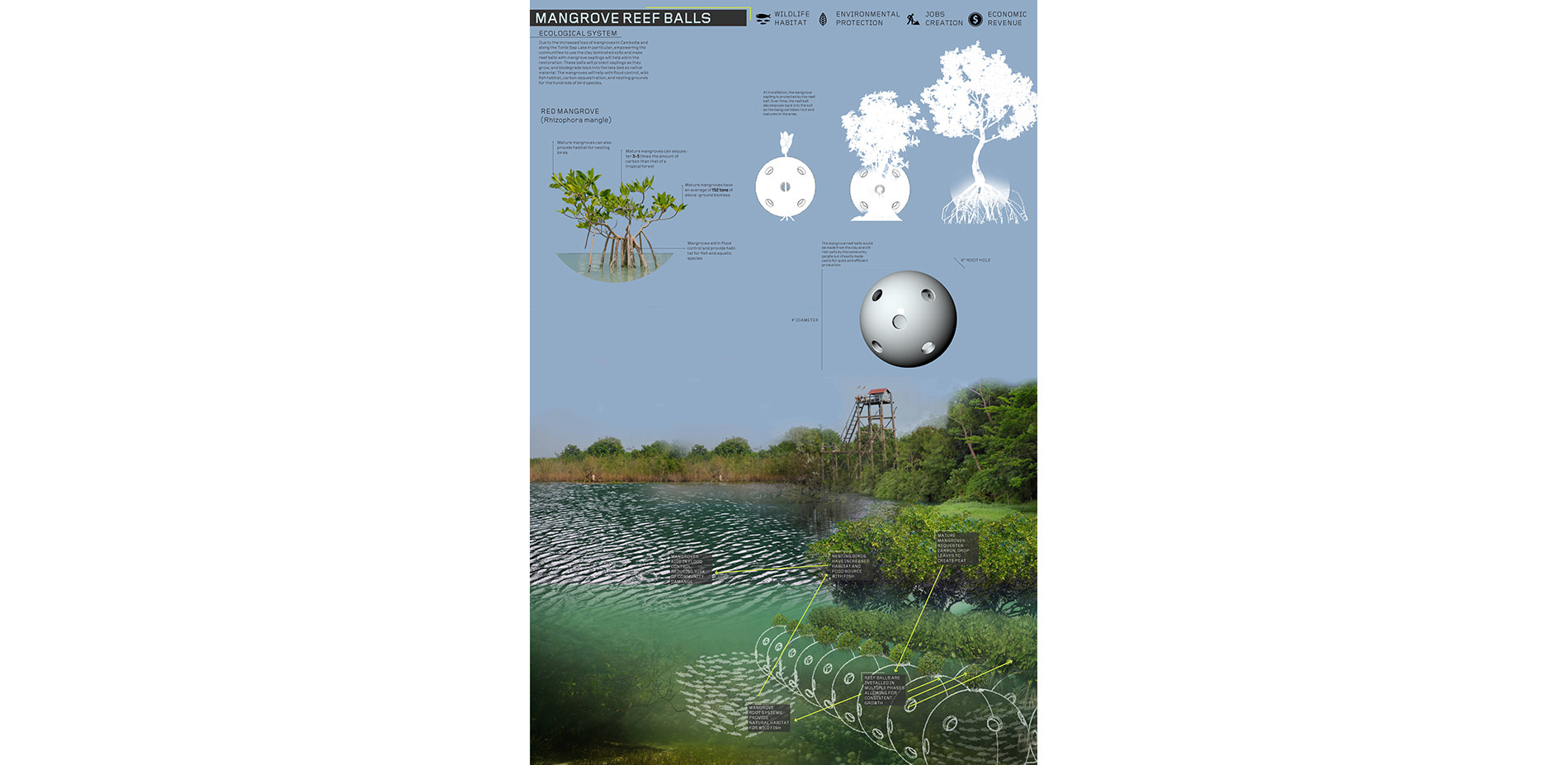
Cambodia is located on the Gulf of Thailand and surrounded by tree major countries. However, Cambodia has its own unique identity.
Photo Credit: William Baumgardner and Shelby Doyle
Media: Please submit high-resolution image requests to images@asla.org.
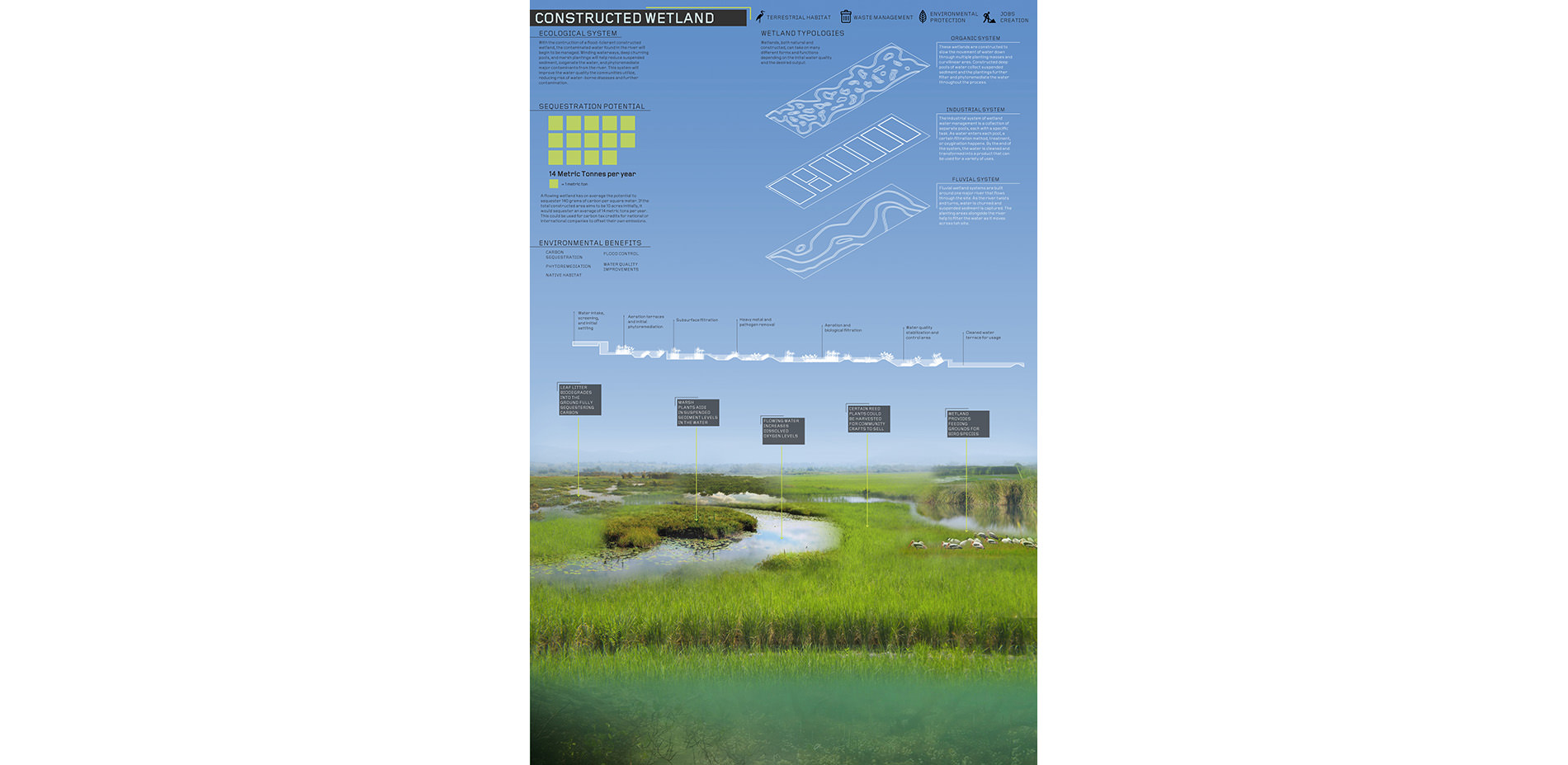
The Lake swells to 4 to 6 times its size but is home to a large concentration of porr households that live near the water or a river.
Photo Credit: William Baumgardner and Shelby Doyle
Media: Please submit high-resolution image requests to images@asla.org.
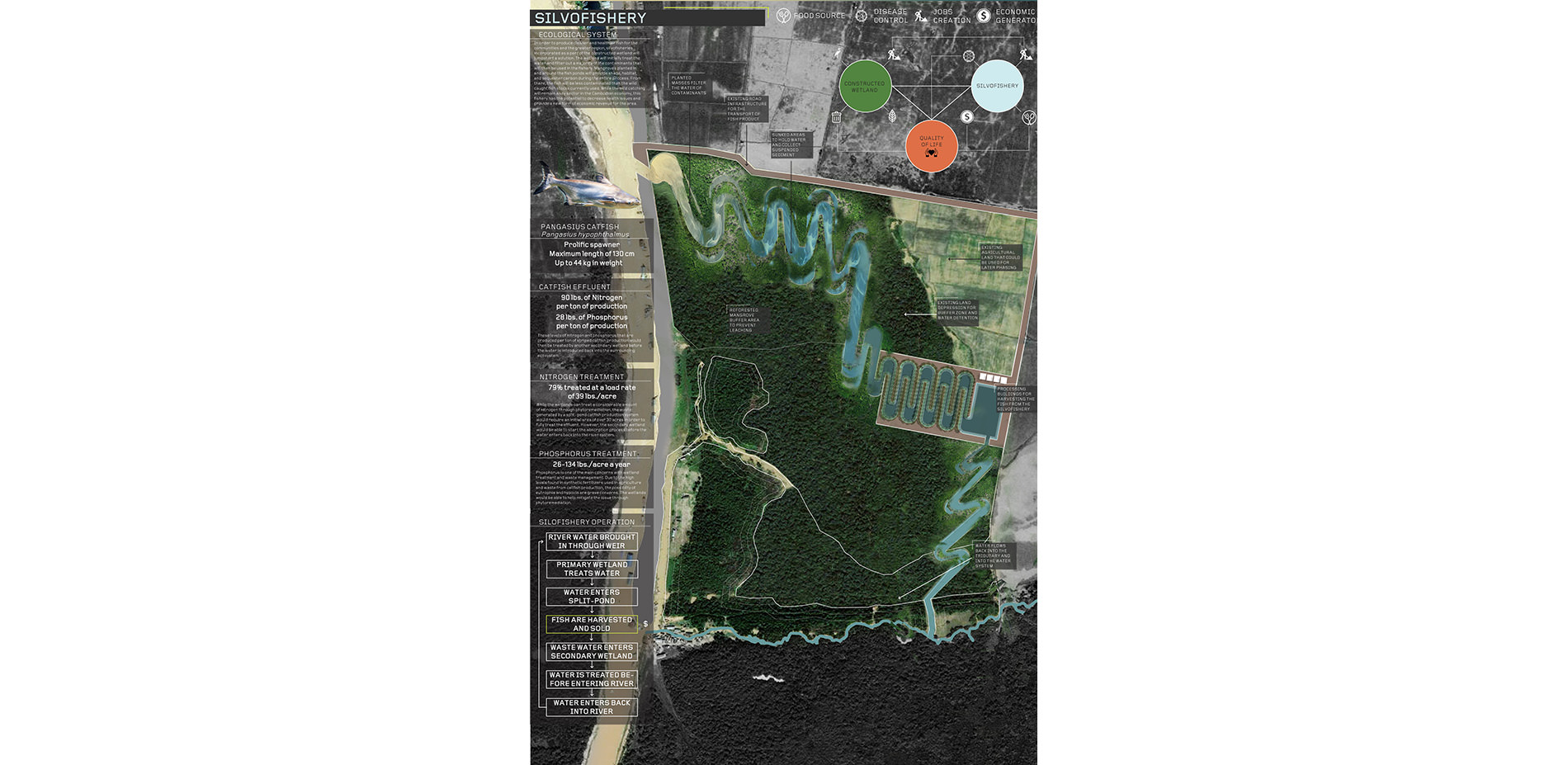
The Chong Khneas community is located just south of Siem Reap, a major cultural and tourism hub for the country. However, the community is extremely poor.
Photo Credit: William Baumgardner and Shelby Doyle
Media: Please submit high-resolution image requests to images@asla.org.

The current food system is extremely unhealthy, but presents an opportunity to provide major improvements to the overall quality of life.
Photo Credit: William Baumgardner and Shelby Doyle
Media: Please submit high-resolution image requests to images@asla.org.

The introduction of waterless toilets will help reduce the amount of waste in the water while also providing a new revenue source for the community.
Photo Credit: William Baumgardner and Shelby Doyle
Media: Please submit high-resolution image requests to images@asla.org.
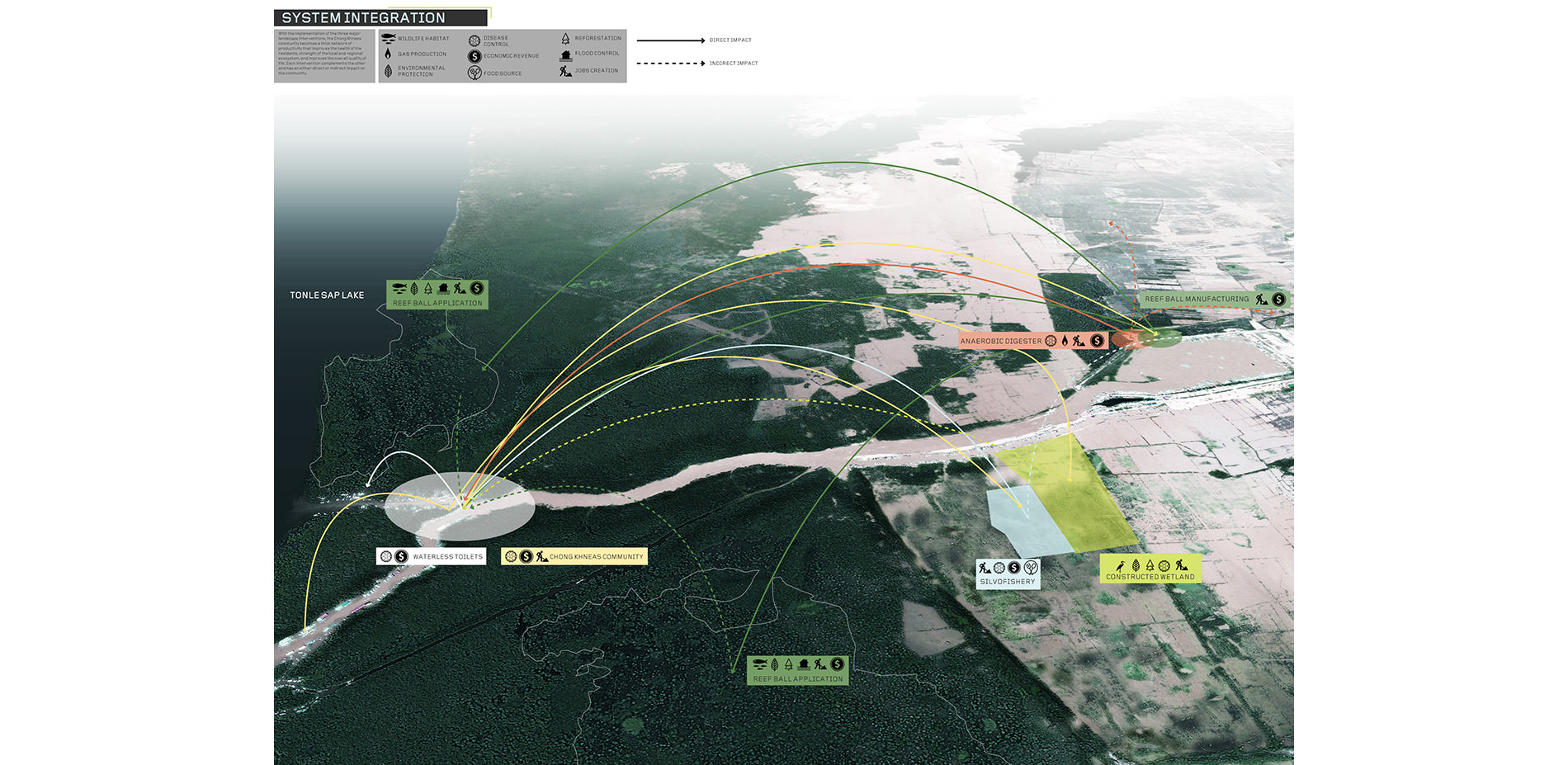
The Anaerobic Digester will convert the waste into two main products that can be used for energy or agriculture.
Photo Credit: William Baumgardner and Shelby Doyle
Media: Please submit high-resolution image requests to images@asla.org.
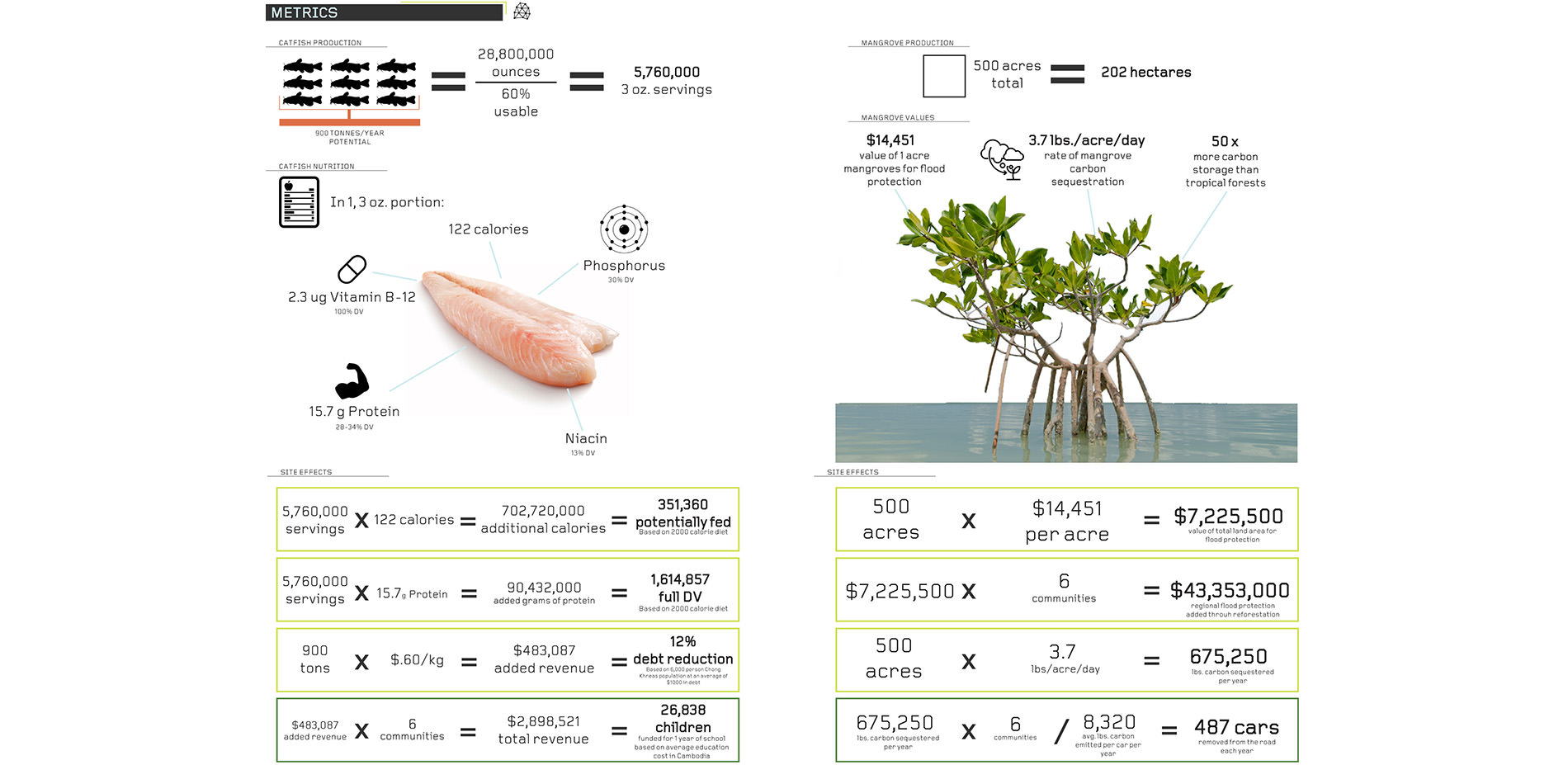
Mangrove reef balls will help employ more people but also help to reforest the area and provide more fish and bird habitat along with flood protection.
Photo Credit: William Baumgardner and Shelby Doyle
Media: Please submit high-resolution image requests to images@asla.org.
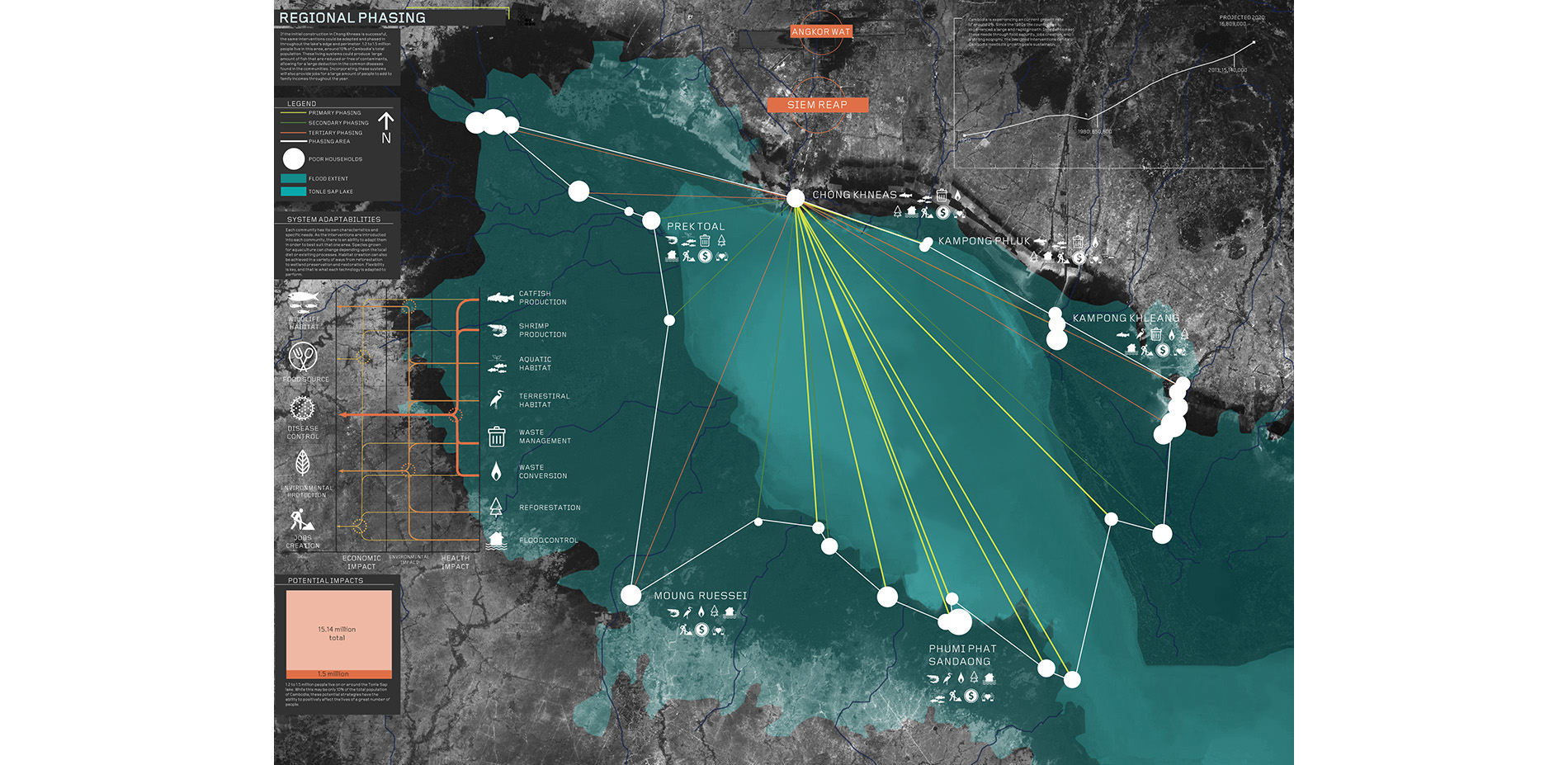
Constructed wetlands will help remove suspended sediment and also break down contaminants in the water to provide a clean water source.
Photo Credit: William Baumgardner and Shelby Doyle
Media: Please submit high-resolution image requests to images@asla.org.


















